The term "Expressionism" first emerged as a way to classify new types of art that emphasized emotional impact over descriptive accuracy.
c. 1905–1914 C.E.
The term "Expressionism" first emerged as a way to classify new types of art that emphasized emotional impact over descriptive accuracy.
c. 1905–1914 C.E.
Though many artists of the early twentieth century can accurately be called Expressionists, two groups that developed in Germany, Die Brücke (The Bridge) and Der Blaue Reiter (The Blue Rider), are among the best known and help to define the style.
We're adding new content all the time!
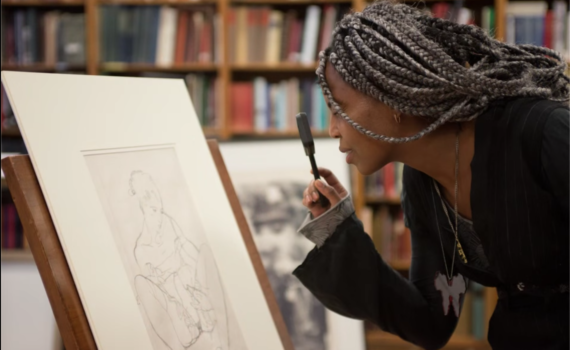
"He has clarity in his humanness, in his present-ness: ‘I'm here, right now, and not for long.’"
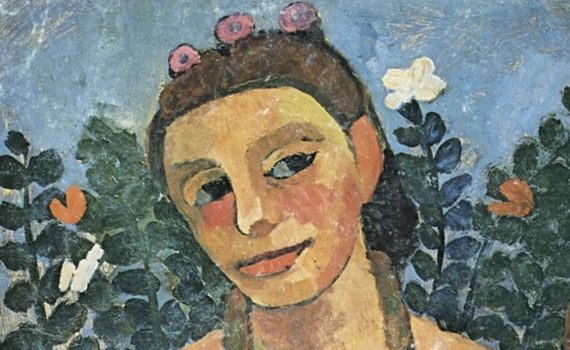
Modersohn-Becker almost single-handedly invented a new genre in European modern art: the nude, female self-portrait.
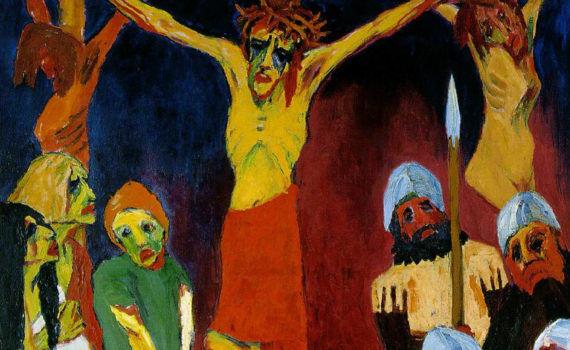
The German Expressionist Emil Nolde was particularly explicit in linking himself to a Nordic tradition.
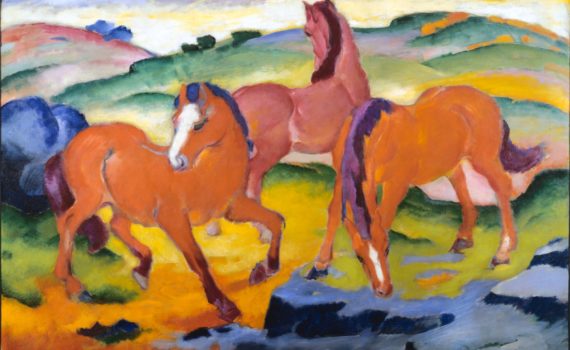
Marc looked all the way back to a state of nature before humankind even existed.
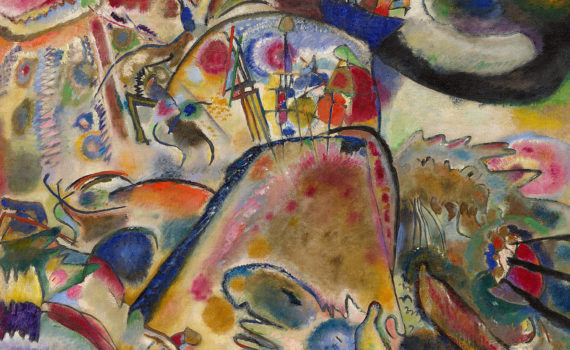
Kandinsky believed that humankind was on the verge of a cataclysmic change from the current, materialistic epoch to an “Epoch of the Great Spiritual.”
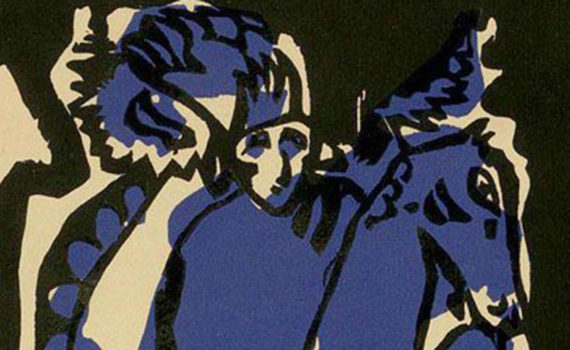
The figure of the Blue Rider thus embodied the spiritual focus of the group as well as their belief that art plays an important social role in the struggle between good and evil.
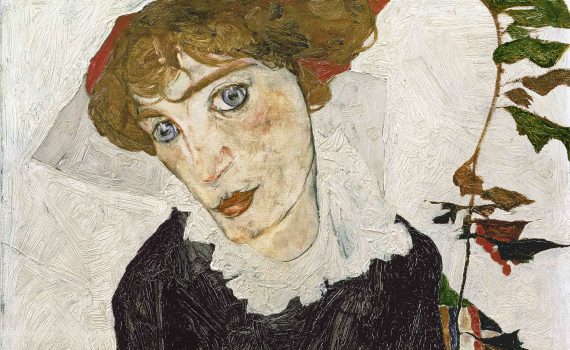
This portrait is one of thousands stolen by the Nazis, and its story shows that the madness didn’t end with WWII.
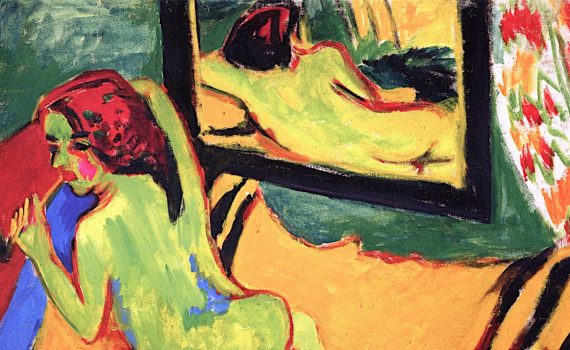
Not a term chosen by the artists, it describes art that emphasized the emotional impact over descriptive accuracy.
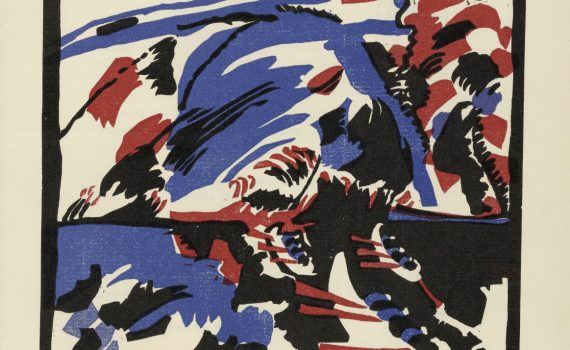
Kandinsky’s work of “total art” combines both abstract and representational images with rhythmic, mystical poetry.
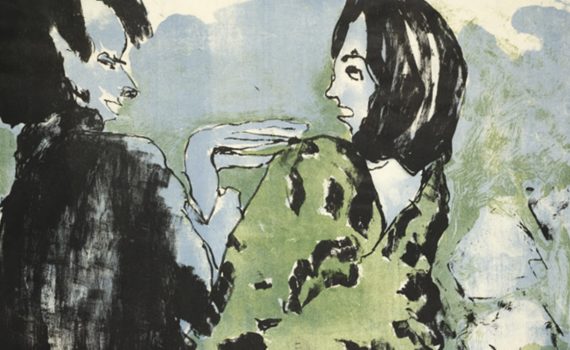
In a series of multicolored prints, Nolde captured the awkward experience of watching a couple fight in public.
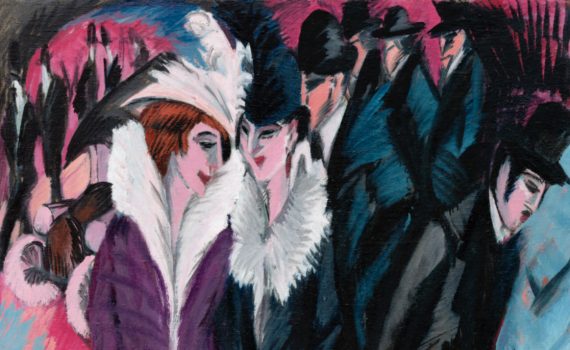
Kirchner’s claustrophobic city scene reflects on a culture where everything is for sale.
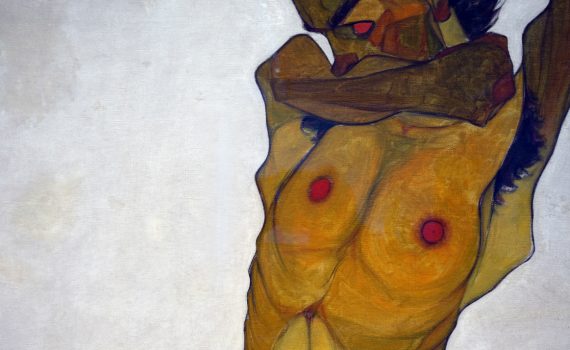
The body’s expressive contortions reflect sculptural tradition, but Schiele used it to express the interior self.